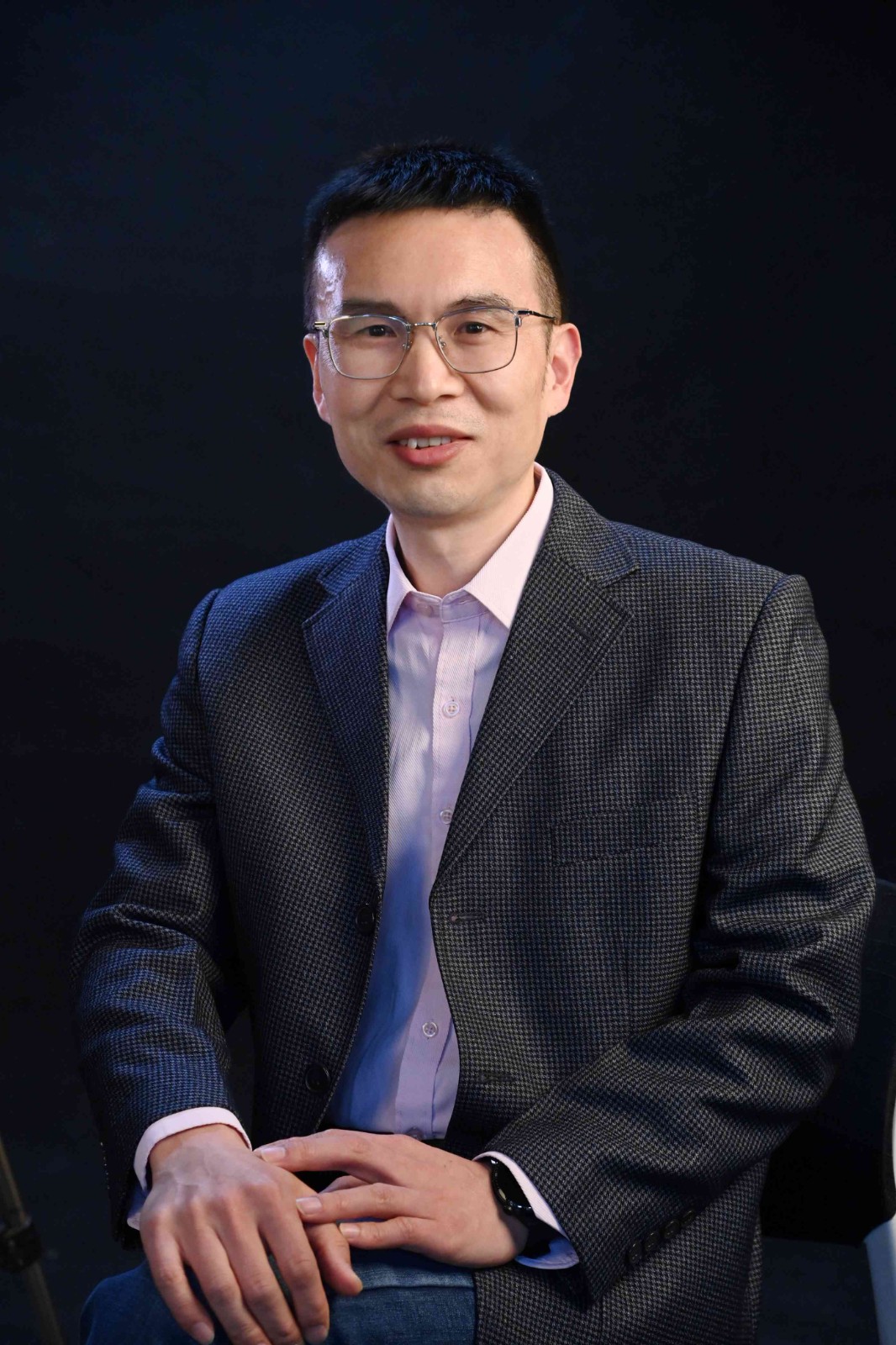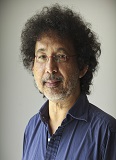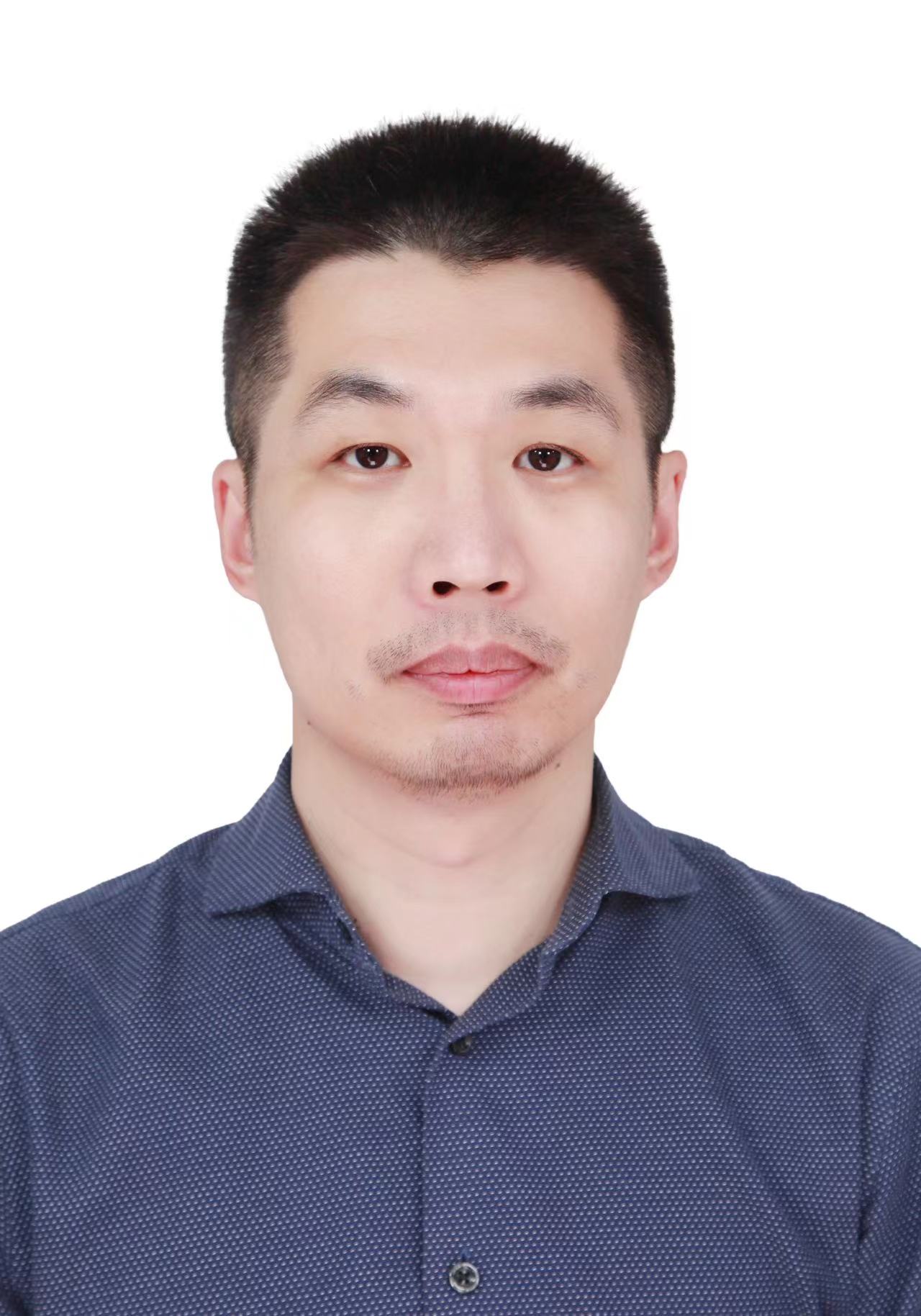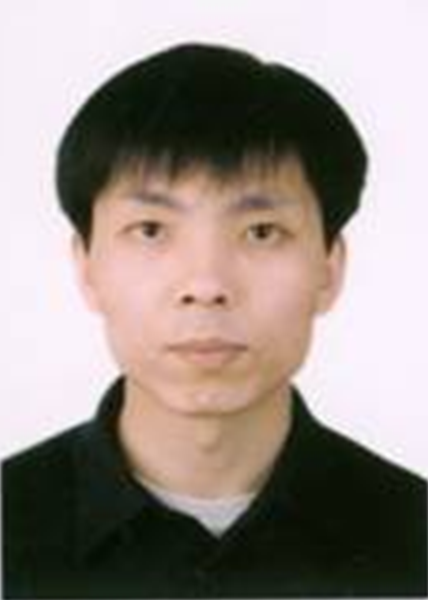
SPEAKERS |
Prof. Harith Ahmad University of Malaya, Malaya | Profile: Professor Datuk Dr Harith Ahmad FASc obtained his in BSc in Physics with First Class Honours from the University of Malaya in 1979. Subsequently, he obtained his MSc from the University of Wales in 1980, followed by his PhD in 1983 from the same institution. Upon returning to Malaysia in 1983, he became a member of the academic staff of UM, and since then has led the university’s research into the area of photonics. He is currently a Distinguished Professor, and is also the director of the Photonics Research Centre of the University of Malaya, a Higher Education Centre of Excellence (HiCoE) under the purview of the Ministry of Education, Malaysia (MOE). His substantial contributions in the area of photonics has been acknowledged with multiple awards and recognitions, including as a Fellow of Akademi Sains Malaysia and recipient of the Malaysia-Toray Science Foundation Award, Merdeka Award for Scholastic Achievement and ASEAN Outstanding Scientist and Technology Award. He is very active as both a researcher and an academician, with numerous ISI ranked research publications to his name, as well as supervising numerous undergraduate and postgraduate students in photonics. |
Prof. Zhongyang Li Wuhan University, China | Profile: Zhongyang Li, Ph.D. , professor, currently serves as a professor and vice dean of the School of Electronic Information at Wuhan University, where he is also the party branch secretary of the Department of Electronic Science and Technology. He is additionally a professor at the School of Microelectronics and a researcher at the Wuhan Quantum Technology Research Institute. He serves as the vice chair of Nano-Optics and Emerging Technologies for the IEEE Wuhan Section, a member of the Youth Editorial Board of the Chinese Laser Magazine, and a youth editorial board member for the journal "Progress in Lasers and Optoelectronics." He is a director of the 10th Hubei Optical Society and has been a long-term reviewer for journals such as Nature Communications, Science Advances, Nano Letters, ACS Nano, Materials Today, and Advanced Materials. He has applied for over 40 national invention patents, with 20 granted. In recent years, he has led projects under the National Key R&D Program (Youth Scientist Project), the National High-Level Young Talent Program, the General Program and Youth Program of the National Natural Science Foundation, and the Hubei Outstanding Youth Program. *Research Directions: Metasurface optical chips, new active control of metasurfaces based on hydrogels, liquid crystals, and flexible materials, computational optics and image reconstruction, incoherent fluorescence control of active metasurfaces and light field multiplexing technologies. |
Prof. Kaige Wang Northwest University , China | Profile: Prof. KaigeWang joined the Institute of Photonics and Photonic Technology at Northwest University in 2008 and currently serves as a research professor and doctoral supervisor. He obtained his Bachelor's degree in theoretical physics from the Department of Physics at Northwest University in 1991 and earned his Ph.D. in science from the Xi’an Institute of Optics and Precision Mechanics at the Chinese Academy of Sciences in 2002. From 2002 to 2004, he worked as a postdoctoral researcher at the Institute of Physics of the Chinese Academy of Sciences. Between 2010 and 2011, he was a senior visiting scholar at the University of South Carolina in the United States. He has led and completed various projects, including international collaboration projects supported by the Ministry of Science and Technology, major research plans supported by the National Natural Science Foundation of China, general projects of the National Natural Science Foundation, knowledge innovation projects from the Chinese Academy of Sciences, and natural science foundation projects from Shaanxi Province, as well as research projects from Shaanxi’s key laboratories. Currently, he is involved in ongoing projects funded by the National Ministry of Science and Technology's China-U.S. science and technology cooperation, general projects from the National Natural Science Foundation, and major basic research projects from Shaanxi Province. In recent years, he has published over 60 academic papers in authoritative and core journals both domestically and internationally, filed 12 national invention patents, and contributed a chapter to an English-language monograph. He is also invited to review papers for international journals such as Microfluid and Nanofluid, ITE Nanobiotechnology, Recent Patents on Nanotechnology, and Micro and Nano Letters. His main research areas include nanoscience and technology, biophotonics, near-field optical super-resolution imaging, and physical electronics. |
 Prof. Zhilin Xia Wuhan University of Technology , China | Profile: Zhilin Xia is currently a researcher at the Department of Metal Materials, School of Materials Science and Engineering, Wuhan University of Technology. In 2006, he received his Ph.D. degree in optical Engineering from Shanghai Institute of Optics and Fine Mechanics, Chinese Academy of Sciences. In 2012, he was a visiting scholar at Monash University, Australia. He is mainly engaged in research on extreme environment service performance of optical components, photothermal management materials and technologies, laser and matter interaction, etc. He has presided over scientific research projects such as National Natural Science Foundation (Joint, surface, youth), key projects of Foundation Strengthening Program, Vision Action Project, and Postdoctoral Fund of the Ministry of Education. He has published nearly 100 papers in Nature Communications, ACS Applied Materials & Interface, ACS Photonics, Optical Express and other journals.
His research interests include optical materials and optical components, photothermal utilization and management, laser and matter interaction. |
SPEAKERS |


